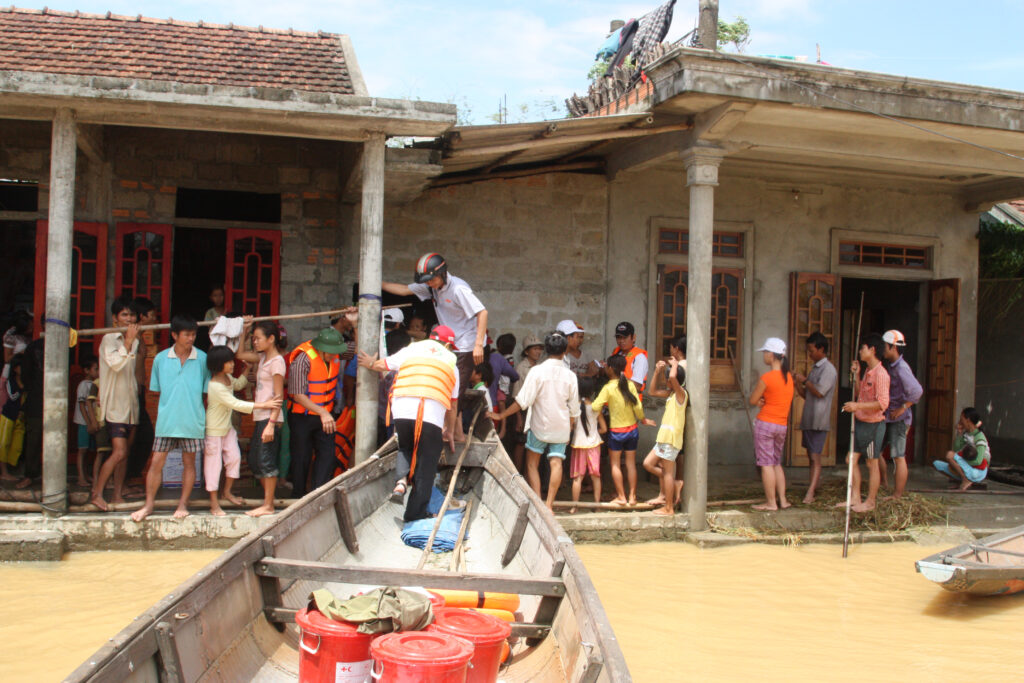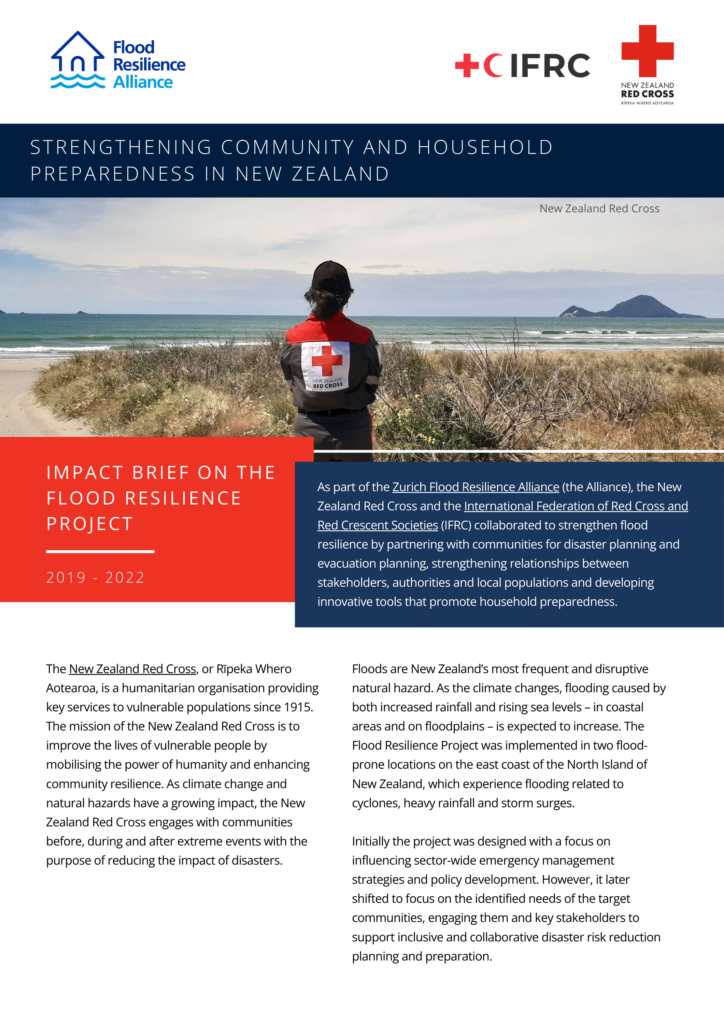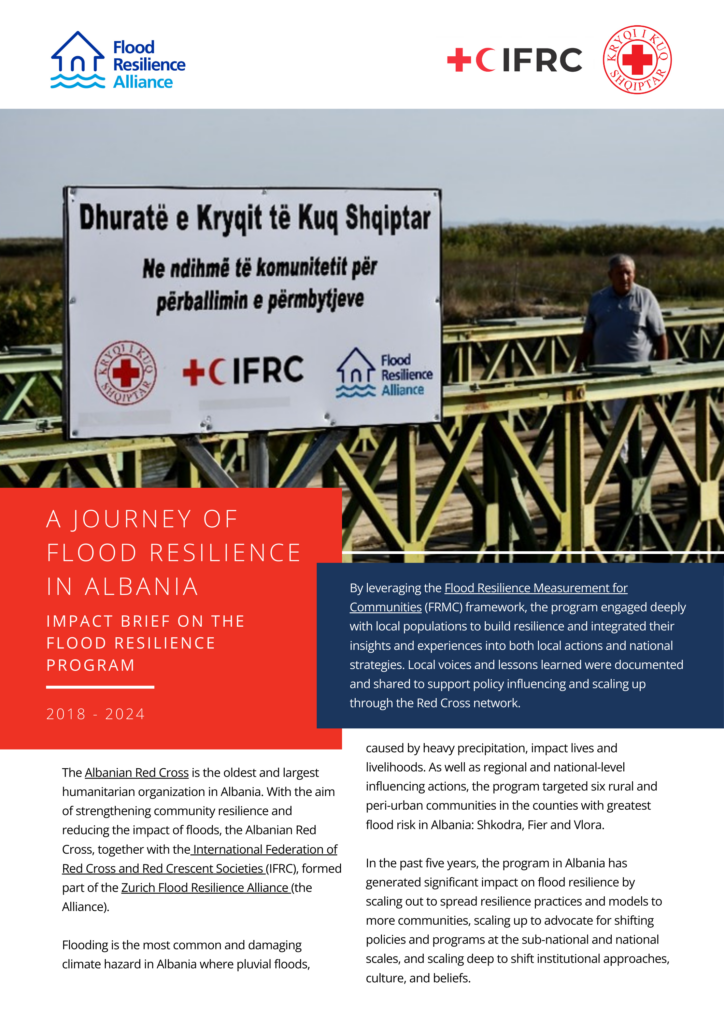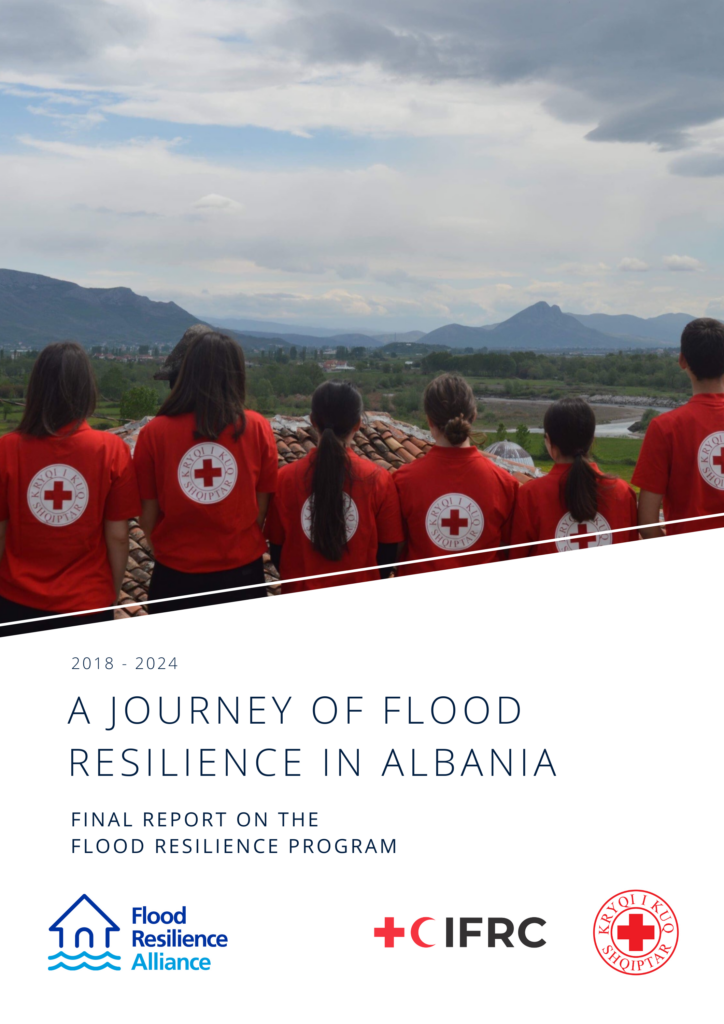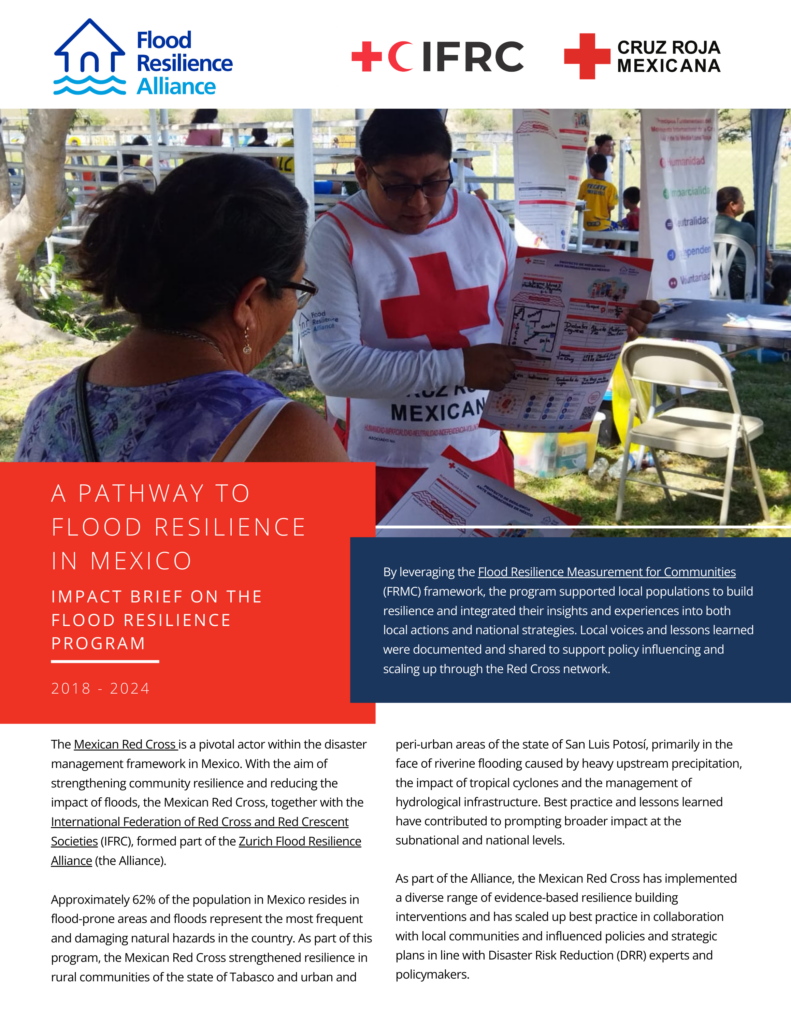Boîte à Outils Sensibilisation et Education à la RRC – PEID
À propos de la Boîte à Outils Cette boîte à outils a été préparée conjointement avec les équipes de la PIROI (La Réunion/Mayotte), le pôle de la Direction des Relations et Opérations Internationales de la Croix-Rouge française, la Croix-Rouge Allemande basée à Madagascar, et les Sociétés nationales des Comores, de Maurice, des Seychelles, de Madagascar, […]
Boîte à Outils Sensibilisation et Education à la RRC – PEID Read More »



